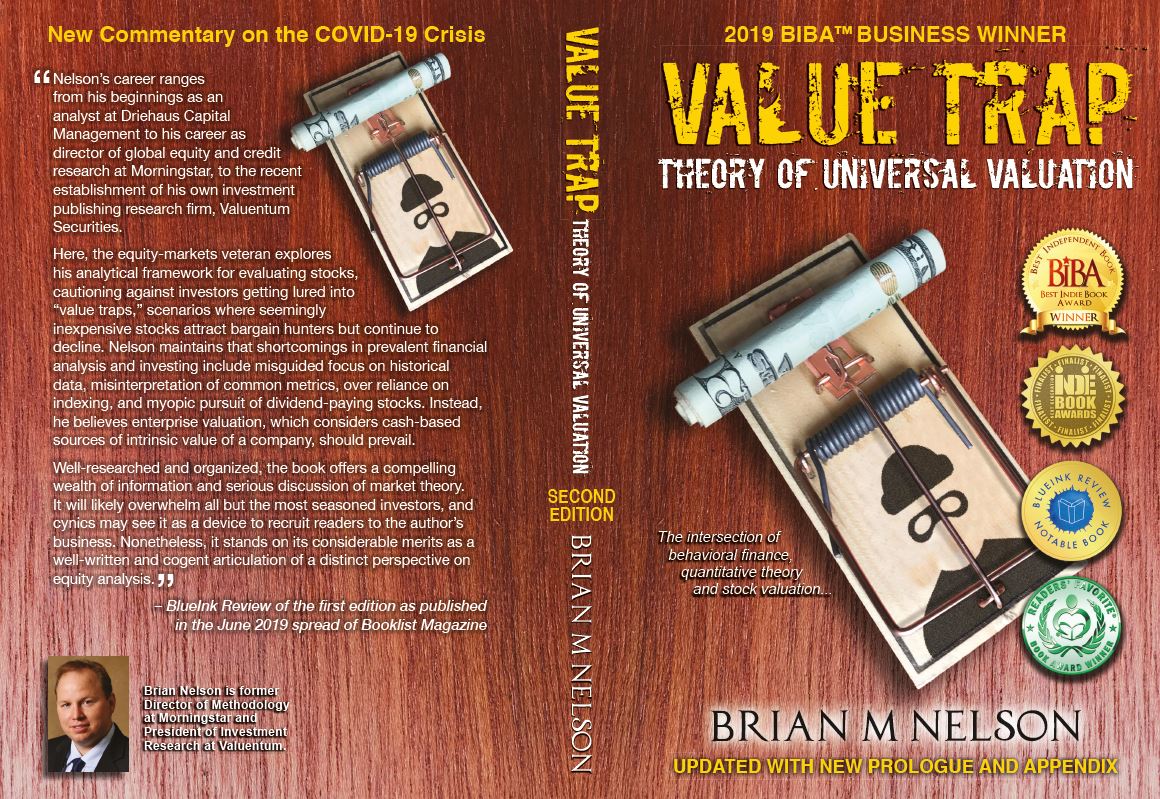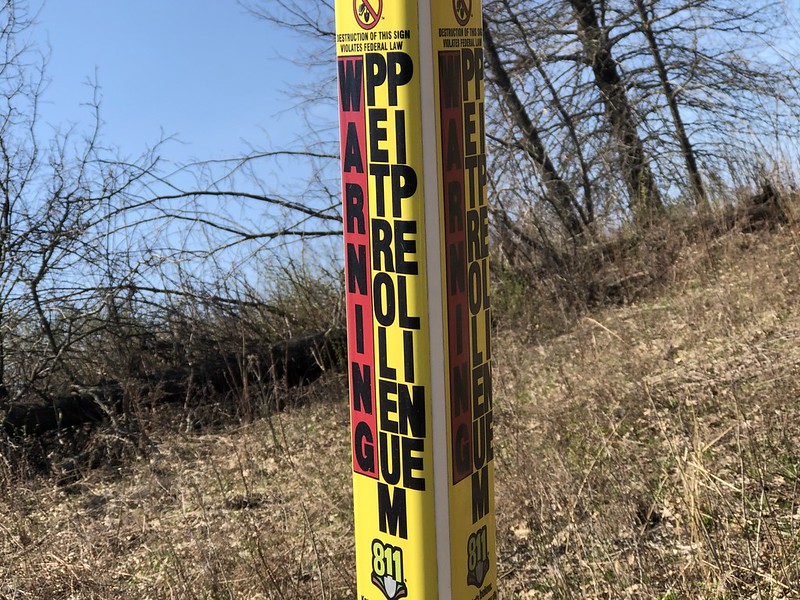Member LoginDividend CushionValue Trap |
Energy Transfer’s Dividend Cut Not Enough, Needs to Slash It More
publication date: Oct 27, 2020
|
author/source: Brian Nelson, CFA
We expect another distribution cut from Energy Transfer in the not-too-distant future. Its traditional free cash flow generation is still too meager to cover its now-reduced distribution level, and the energy markets are simply not cooperating. The energy sector has been among the worst-performing equity sectors for some time now, and investor appetite for new equity and debt issuance is waning as return expectations are ratcheted down in a troubled energy resource environment. We expect more pain to come for Energy Transfer’s stock. Our fair value estimate stands at $4 per share. By Brian Nelson, CFA On October 26, Energy Transfer (ET) put an axe to its distribution, cutting the payout in half to $0.1525/unit on a quarterly basis, or $0.61 on an annualized basis. We have been pounding the table on the hazards of the MLP business model for years, especially on the unsustainability of their payouts. [The riskiness of the MLP business is yet another theme covered in Value Trap.] Shares of Energy Transfer are now yielding 10.5% on a forward basis, but we are still not biting. Energy Transfer is a massively-leveraged company that can’t cover its distributions with traditional free cash flow, as measured by cash flow from operations less all capital expenditures. In the company’s last quarterly filing from August, the firm showed a consolidated cash balance of $155 million against a consolidated long-term debt load of $51.3 billion. Through the first six months of 2020, Energy Transfer generated just $243 million in traditional free cash flow. Meanwhile, it paid out $2.44 billion in distributions over this time period. Energy Transfer’s distribution cut does little to improve its free cash flow generation or mitigate its large debt load, as even after the cut, the company is still paying out substantially more in distributions than it generates in traditional free cash flow. The distribution cut may slow the hemorrhaging of cash a bit, but the reality is that we expect most pipeline entities to eventually set distribution policies whereupon distributions are paid out of traditional free cash flow, and that means another cut from Energy Transfer is coming. One example of a company largely changing its dividend policy in substance to be more self-sustaining is Kinder Morgan (KMI). Though Kinder Morgan still holds a large net debt position (something we’re not at all fans of), the pipeline giant generated $1.93 billion in free cash flow during the first nine months of 2020, while it paid out $1.76 billion in dividends, good enough for sufficient traditional free cash flow coverage of the dividend. On a side note, Kinder Morgan’s 8.5% dividend yield isn’t too bad on a risk-reward basis, but it will likely continue to be held back by its very large net debt load and large upstream division (pumping CO2 into the ground to extract oil from old fields in the US), which are two things that we just don’t like as COVID-19 continues to spread. On the other hand, Energy Transfer’s meager traditional free cash flow generation (roughly $500 million on an annualized basis) suggests a distribution cut to $0.045/unit, or about $0.18/unit on an annualized basis is more appropriate (assuming 2.695 billion common units outstanding). This new rate would imply a distribution yield of about 3.1%, something more representative of its continuing operations (and something to build on), but it is also one that would not necessarily facilitate debt repayment, given the lofty payout of traditional free cash flow it implies. As one can imagine given the company's terrible financials, we continue to expect Energy Transfer’s shares to sell off, and we maintain our view that the company is using the equity markets to keep its now-reduced distribution at unsustainably high levels (“Subsidiary units issued for cash” on the cash flow statement). We’re also maintaining our view that we are not huge fans of the pipeline MLP business model; when it comes to the high yield dividend investing space, however, while treacherous, it is difficult to avoid when attempting to capture elevated dividend yields. With that clearly stated, one of the names we include in the simulated High Yield Dividend Newsletter portfolio is Enterprise Products Partners (EPD). We love the company’s transparency in showing ‘FCF’ right next to ‘DCF’ in its press releases. In Enterprise Products Partners’ second-quarter report, released July 29, in the three months ending June 2020, one can see how different a measure of traditional free cash flow (FCF), or $305 million, is to the industry’s measure of distributable cash flow (DCF), or $1.58 billion, the latter a misnomer and not to be confused with discounted cash flow as used in the discounted cash flow model. All told, we expect another distribution cut from Energy Transfer in the not-too-distant future. Its traditional free cash flow generation is still too meager to cover its now-reduced distribution level, and the energy markets are simply not cooperating. The energy sector has been among the worst-performing equity sectors for some time now, and investor appetite for new equity and debt issuance is waning as return expectations are ratcheted down in a troubled energy resource environment. We expect more pain to come for Energy Transfer’s stock. Our fair value estimate stands at $4 per share. If you are interested in high yield investing, give Valuentum’s High Yield Dividend Newsletter a try. See more info here. --- It's Here!
The Second Edition of Value Trap! Order today!
 ----
Tickerized for holdings in the AMLP.
---
Valuentum members have access to our 16-page stock reports, Valuentum Buying Index ratings, Dividend Cushion ratios, fair value estimates and ranges, dividend reports and more. Not a member? Subscribe today. The first 14 days are free.
---
Brian Nelson owns shares in SPY, SCHG, DIA, VOT, and QQQ. Some of the other securities written about in this article may be included in Valuentum's simulated newsletter portfolios. Contact Valuentum for more information about its editorial policies.
|



0 Comments Posted Leave a comment